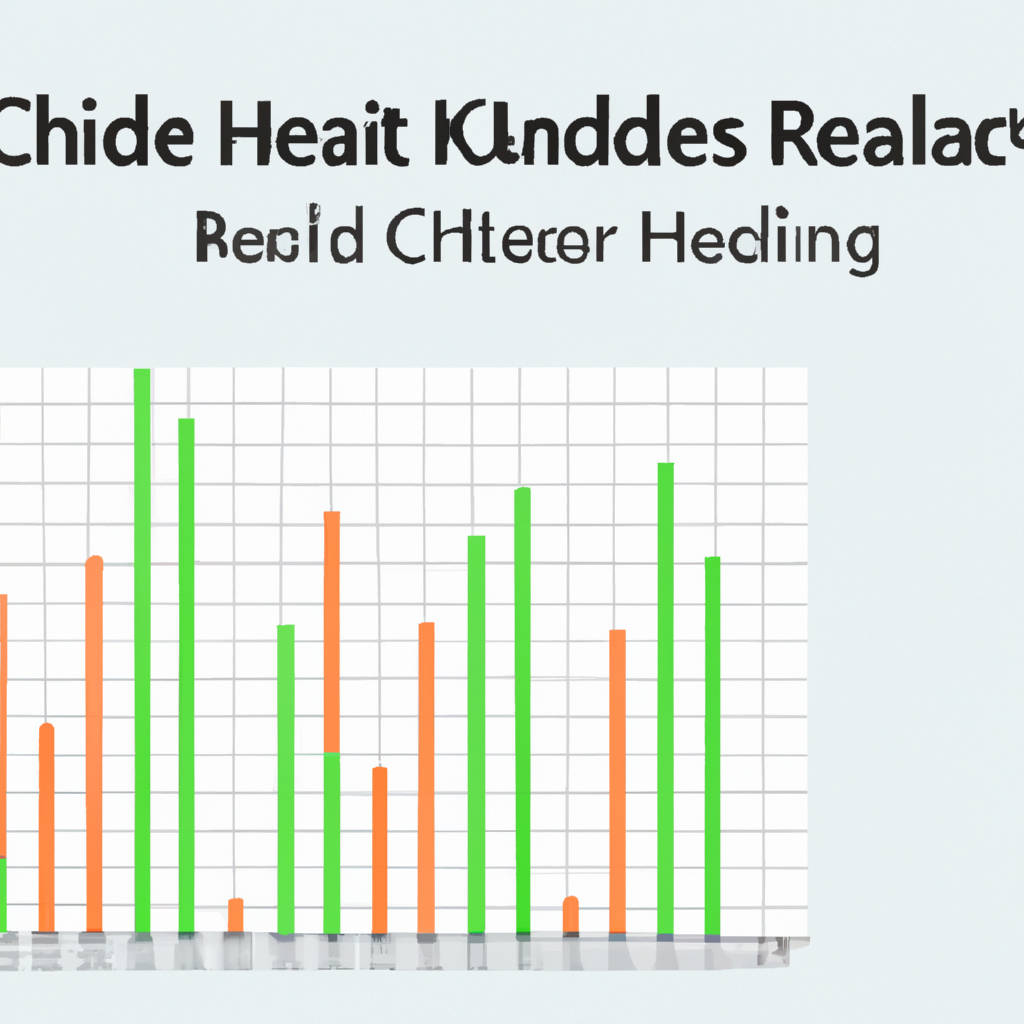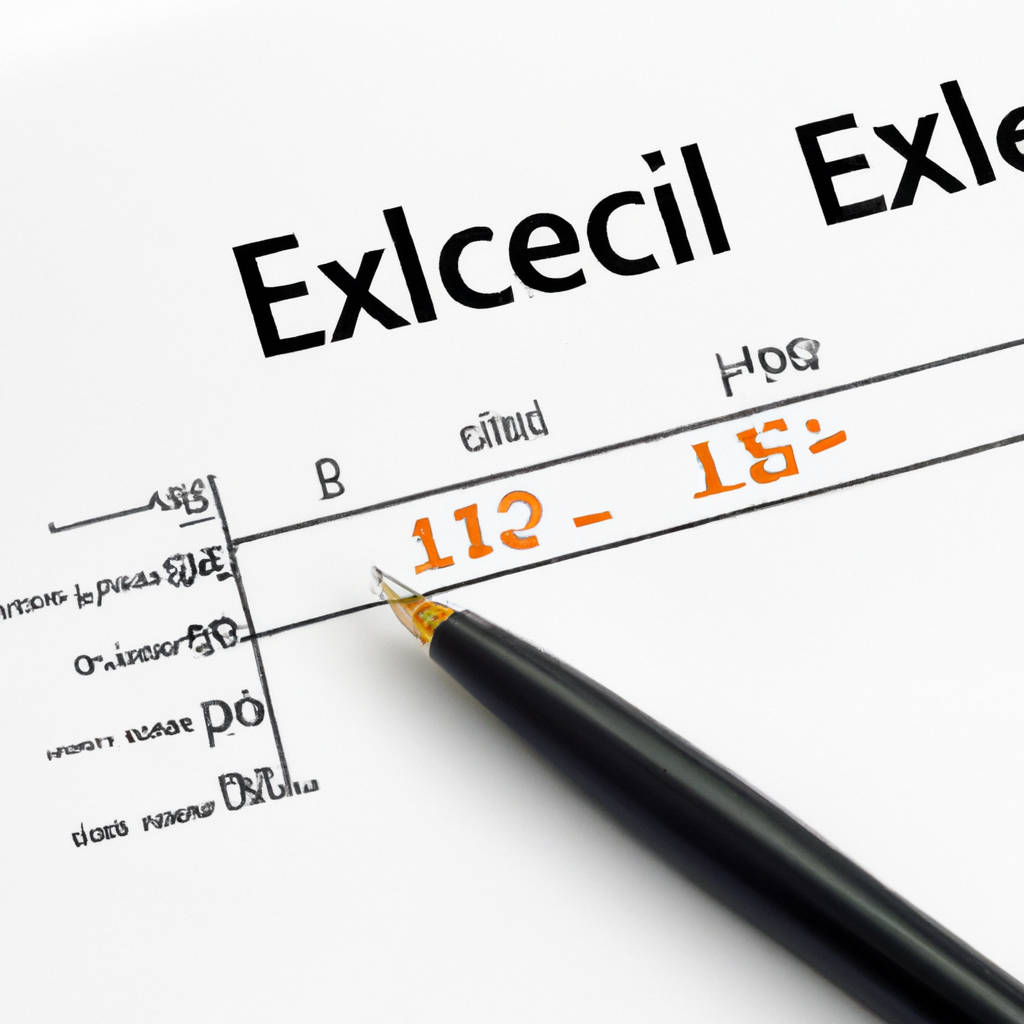When it comes to creating Excel charts and graphs, one important aspect to consider is how to rewrite headers for clarity and organization. By renaming column and row headers in your spreadsheet, you can make your data easier to understand and interpret when it is translated into visual representations. For example, instead of using generic labels like “Column A” or “Row 1,” you can rename these headers to more descriptive terms that accurately reflect the data they represent.
This can help users quickly identify the information they are looking for and make sense of the chart or graph at a glance. Additionally, rewriting headers can also help streamline the chart creation process by ensuring that the data is labeled correctly and consistently throughout the spreadsheet. Overall, taking the time to rewrite headers in Excel can greatly improve the readability and effectiveness of your charts and graphs.

Identify Key Data Points
Identifying key data points is crucial for making informed decisions and understanding trends in various industries. By analyzing specific data points such as sales figures, customer demographics, and website traffic, businesses can gain valuable insights into consumer behavior and market trends. These data points can help companies optimize their marketing strategies, improve product offerings, and identify areas for growth.
In the healthcare industry, key data points such as patient outcomes, treatment efficacy, and resource utilization can help providers improve patient care and streamline operations. In the education sector, key data points such as student performance, attendance rates, and graduation rates can help educators tailor instruction to meet the needs of individual students and improve overall academic outcomes.
Overall, identifying key data points is essential for making informed decisions and driving success in various industries. By leveraging data analytics and technology, organizations can harness the power of data to drive innovation, improve efficiency, and achieve their business goals.
Plan Chart Types
Plan chart types are essential tools for organizing and visualizing data in a clear and concise manner. There are several different types of plan charts that can be used depending on the specific needs of the user. Some common types of plan charts include Gantt charts, flowcharts, and organizational charts. Gantt charts are particularly useful for tracking progress on a project over time, as they clearly show the timeline of tasks and deadlines.
Flowcharts, on the other hand, are helpful for illustrating the flow of a process or procedure, making it easier to identify bottlenecks or areas for improvement. Organizational charts are useful for showing the hierarchy and structure of an organization, making it easier to understand roles and responsibilities within a company. Each type of plan chart has its own unique benefits and can be used to communicate information effectively to stakeholders.
By choosing the right type of plan chart for a specific situation, users can ensure that their data is presented in a way that is easy to understand and interpret. Ultimately, plan chart types are a valuable tool for enhancing communication and decision-making within an organization.

Header Structure Considerations
When designing a website, it is important to consider the structure of the headers to ensure that the content is organized in a clear and logical manner. One key consideration is the hierarchy of headers, which helps to establish the relationship between different sections of the website. By using a consistent hierarchy, users can easily navigate through the content and understand the structure of the information.
Additionally, it is important to consider the length of headers, as overly long headers can be overwhelming and difficult to read. Keeping headers concise and to the point can help users quickly identify the main topics of each section. Another factor to consider is the styling of headers, including font size, color, and formatting. By using a consistent style for headers throughout the website, users can easily recognize and differentiate between different sections. Overall, thoughtful consideration of header structure is essential for creating a user-friendly website that effectively communicates information to visitors.
Excel Techniques
Excel techniques are essential for anyone looking to improve their data analysis and organization skills. From basic functions like sorting and filtering to more advanced features like pivot tables and macros, Excel offers a wide range of tools to help users make the most of their data. Learning how to use these techniques effectively can save time and increase productivity in a variety of professional settings.
For example, using conditional formatting can help to quickly identify trends or outliers in a dataset, while using formulas can automate calculations and reduce the risk of errors. Additionally, understanding how to create charts and graphs can make it easier to visualize data and communicate findings to others. By mastering these techniques, individuals can become more efficient in their work and gain a competitive edge in the job market.
Excel is a powerful tool that can be used in a wide range of industries, from finance to marketing to healthcare. Whether you are a beginner just starting to explore the possibilities of Excel or an experienced user looking to expand your skillset, there are always new techniques to learn and master. With practice and dedication, anyone can become proficient in using Excel to analyze, interpret, and present data in a meaningful way.

Visual Appeal
Visual appeal is a crucial aspect of design that can greatly influence how a product or space is perceived. When something is visually appealing, it captures the viewer’s attention and leaves a lasting impression. This can be achieved through the use of color, shape, texture, and overall composition. A visually appealing design is aesthetically pleasing and can evoke emotions such as joy, excitement, or calmness.
It can also enhance the user experience, making a product more enjoyable to use or a space more inviting to be in. Visual appeal is subjective and can vary from person to person, but there are certain design principles that are commonly considered to enhance visual appeal, such as balance, unity, contrast, and proportion.
By paying attention to these principles and incorporating them into a design, designers can create visually appealing products and spaces that stand out and attract attention. Ultimately, visual appeal plays a significant role in how we perceive and interact with the world around us, making it an important factor to consider in design and aesthetics.
Review and Refine
When it comes to reviewing and refining a process or system, it is essential to carefully assess its effectiveness and efficiency. This involves taking a close look at all aspects of the operation, from the initial planning stages to the final execution. By conducting a thorough review, any potential weaknesses or inefficiencies can be identified and addressed.
This may involve making adjustments to the workflow, reallocating resources, or implementing new technology to streamline operations. Refining the process requires a systematic approach, with a focus on continuous improvement and optimization. By regularly reviewing and refining processes, organizations can stay competitive and adapt to changing market conditions.
It is a dynamic and ongoing process that requires dedication and commitment from all stakeholders involved. Ultimately, the goal of reviewing and refining is to enhance overall performance and achieve better outcomes. By being proactive and responsive to feedback and data, organizations can ensure they are operating at their highest potential.
